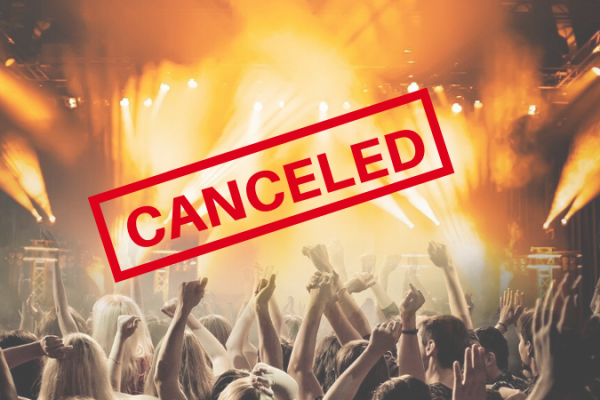From spam to listservs to sharing family photos, email is simply a part of everyday life. In fact, according to Statista’s 2019 estimates, 290 billion+ emails are sent each day. That’s a lot of emails.
Right now, in a time of crisis, email communications are more important than ever … And while you may feel like you are being bombarded with endless emails about the novel coronavirus (COVID-19), they are important. Many of these emails contain vital information about how companies are addressing the pandemic – and if you’re using email for marketing, knowing what should be in such an email is vital.
Business emails should communicate:
- Current health and safety measures, including cleaning more often/thoroughly and working remotely;
- Changes to hours of operations;
- Consumer experience shift from in-person to online;
- Where to send questions or other contact information; and
- Discounts, deals, or coupons (when appropriate).
With customers receiving so many emails, how do you cut through the clutter and make sure your communications are opened and read? Here are four tips to improve your open rate and ensure your customers stay informed.
Quality vs Quantity
Want to know one way to make sure your email gets noticed? Provide quality content, especially in times of crisis.
Instead of sending multiple daily emails, try creating a general newsletter that’s interactive so customers can get right to what they think is valuable. For example, if your organization has several upcoming events that have been canceled, don’t send individual emails about each postponement or cancellation, send one general email listing events by date and their status.
Also, consider the importance of the email you want to send – don’t just send emails because you can. Would your content work better as a Facebook post? Be strategic. Your customers will thank you for not overwhelming their inboxes with countless communications.
Keep it Mobile Friendly

According to the Pew Research Center, 80 percent of Americans have a smartphone and 17 percent are “smartphone-only” Internet. Additionally, 60 percent of all emails opened on the weekend are opened on a mobile device according to Media Post. Thus, if you don’t optimize your content for mobile, you could risk alienating a large segment of your audience. Likewise, when designing and drafting emails, keep in mind things like photo size and content length to ensure it will look the same (or at least look good) on mobile and desktop browsers.
Follow Up
Using email as a follow up to those who left things in their shopping cart online can lead to more online purchases. According to Omnisend, sending three abandoned cart emails results in 69 percent more orders than a single email. Remember, the customer is already in the lead generation funnel; you are just helping them complete the purchase and potentially become and advocate for your brand.
For nonprofits or other organizations whose primary goal isn’t sales, follow-up is still important. It can be used for thanking donors or supporters, reminding supporters of important dates, or even sending a survey to get feedback on an event.
Using these tips will help your email rise the top of your customers’ list, and avoid landing in their junk mail. It will also show your email subscribers that you care and encourage them to continue to care about patronizing your company/organization now and well into the future.
About Scooter Media
Scooter Media is a full-service communications agency in Greater Cincinnati specializing in public relations and social media.


